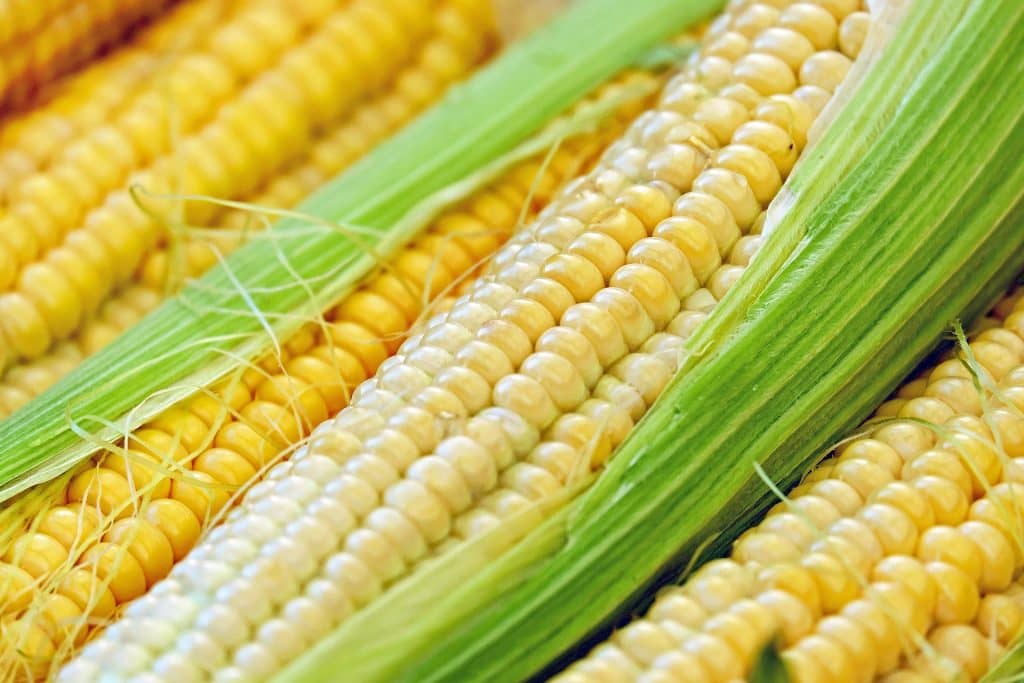Porto Alegre, August 29, 2023 – Two different moves. The corn is already in maturation stage but still depends on the climate for this closure of grain filling and average weight, factors that will define yield at harvest. For soybeans, a critical situation of pod formation and graining is decisive for yield. Great possibilities of little surprise in terms of corn yield, but numbers still fully open for soybeans. The Pro Farmer crop tour last week sought to anticipate this effect of the heat and little rain at the end of August and projected lower yields. For corn, the number continues to be bearish, while for soybeans we may have more accelerated upward movements.
The first major point for external corn prices is the weather scenario in the second half of August. The crops are in the final stage of graining and initial stage of maturation. Rains now would be important for final weight gain, a few more bushels, and better yield. The rains of the first half of the month left some soil reserves in which the plants will still be able to offer good grain filling and final weight. However, the extreme heat last week and scheduled for the next two weeks could further reduce this final production capacity. This is a situation that only the harvest will be able to determine this season’s effective yield.
In the case of soybeans, the situation is different, considering that crops are defined in this stage of pod formation and grain filling. The strong heat and the lack of rainfall generate a risky environment for crops due to the possibility of pod abortion and reduction in grain weight. It will also be a crop to be defined in terms of yield at harvest.
Last week, the traditional crop tour from the Pro Farmer group was held. On average, corn yields sampled in most of the Midwest were above those from 2022. The big issue was Iowa, the top producer and with projected yields below the last two years. So, the survey brought a projected yield of 172 bushels/acre, still above the same crop tour in 2022, when yield was 168.1 bushels/acre. Comparison should be made between events using the same survey, as the USDA assessment is much broader and the two numbers are not supposed to be the same or similar.
In 2022, for example, while the crop tour estimated 168.1 bushels/acre, the final average yield found by USDA was 173.3 bushels. If we use the same comparison, could we say that the USDA yield in 2023 could be 177 bushels/acre (172 + 5)? There is no direct relationship between the result of the crop tour and the final number given by USDA. Therefore, the private survey is important for the market to envision a more detailed situation of crops, but it is not determinant of USDA’s numbers or trends.
On the 12th, USDA will update its supply and demand projection. We must understand that USDA is not obliged to follow the crop tour data, and the two data are not obliged to be the same or similar due to the sampling profile of the surveys. So we must wait for the report that may or may not accompany the private view. But doing an exercise for September 12, we have adopted the yield of the crop tour and the projected production of 380 mln tons, against 383.8 mln tons in the last USDA survey. Now, the loss of production, in this comparison, is only 4 mln tons, and the stocks would be 52 mln tons, against 37 mln of the stocks of the previous season. There is no doubt that even if USDA confirms the crop tour data, the ending stock position is still bearish for corn.
In the case of soybeans, the situation is different. USDA will have to make an effort to adjust the supply and demand picture and still generate safety stocks for 2024. Of course, if USDA follows the crop tour. Even so, there is still the weather variable at the end of the production cycle, and surprises may arise in the yield of this 2023 crop.
Thus, the market will create an environment for this report on the 12th, based on the crop tour and the weather. However, for corn there is little to price in Chicago until the harvest, from September 10th. Could there be production adjustments until January? Of course, but an environment of production cuts that affects stocks and generates an environment of reversal of international prices is difficult.
Other factors weigh heavily on the CBOT volatility as well. Current US business year exports are very poor, and USDA may cut old-crop exports, increasing current ending stocks. As of September, the European crop arrives on the market, which should also hold back markets in this region. China will start reaping in October, another point of adjustment. China continues to buy Brazilian corn, a very negative factor for US exports and prices on the CBOT. Without sales to China, could the US push prices and premiums to recover the Chinese market? It is very likely from the harvest in September.
Thus, the final figures for the US crop, the beginning of the harvest, and the profile of pressure on exports in terms of FOB prices and premiums will become fundamental.
Copyright 2023 – Grupo CMA

